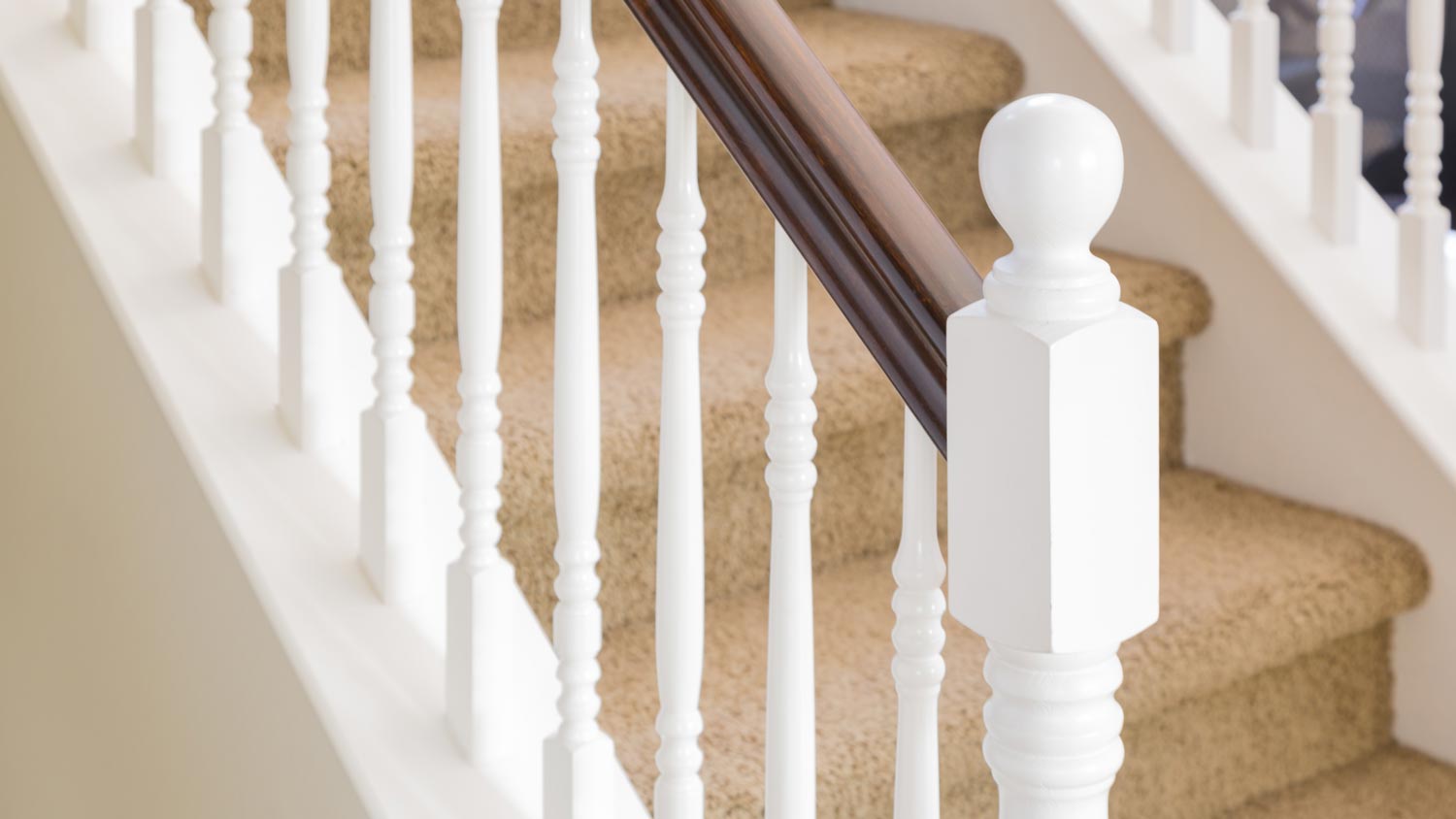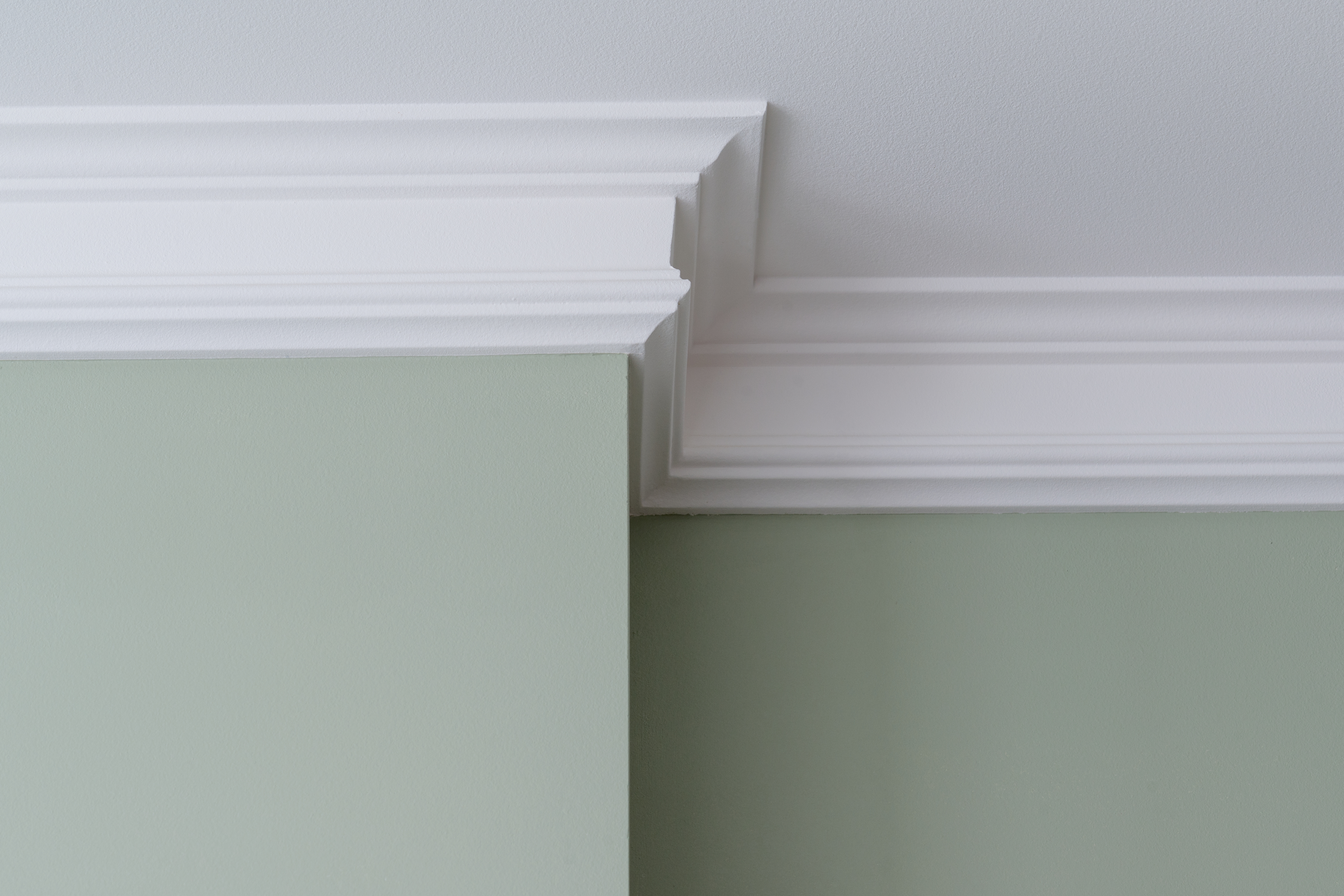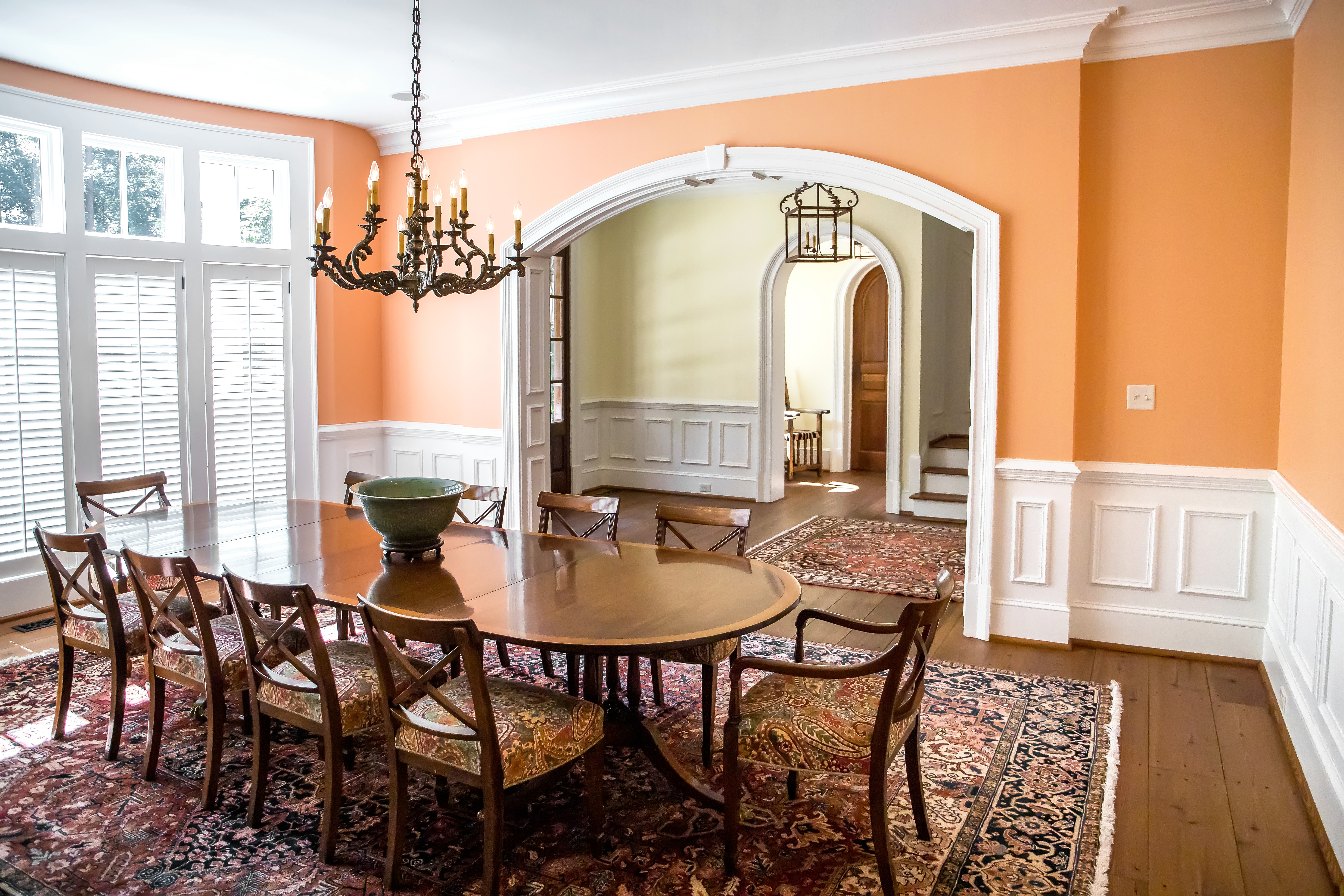
Get expert insights on stair railing repair cost, including average prices, cost factors, and tips to save money. Plan your stair railing repair project with confidence.
Does your home need to take a mill pill?


Millwork refers to carpentry pieces traditionally produced in a sawmill.
Common examples include baseboards, molding, mantels, and wainscotting.
It is distinct from casework (boxed pieces that are mass-produced).
Carpentry is a complex trade with a rich vocabulary developed through traditional practices that stretch back to prehistory. Working with carpenters sometimes requires learning and absorbing all sorts of terms that you aren’t familiar with. If you’ve been playing along and nodding every time your contractor refers to millwork, and now it’s too late to ask what it means without embarrassing yourself—don’t worry, we’ve got you covered. Read on to learn what millwork is and what distinguishes it from other forms of carpentry.

So, what does millwork mean? Carpenters and other contractors use the term “millwork” to refer to pieces historically produced in a sawmill from raw lumber. Wood pieces must be built into the home to qualify as millwork—otherwise, it’s just furniture. Likewise, though wood flooring typically comes from a mill, it is classified separately. In your home, millwork pieces are decorative items rather than structural components. Common examples include:
Banisters
Baseboards
Casing
Chair rails
Door frames
Interior doors
Mantels
Picture rails
Railings
Trim
Wood columns
Wood paneling
Most pieces are made-to-order and engineered to the specifics of the home. If you’d like to get started on the process of getting custom millwork pieces or installing prefabricated ones, hire a carpenter near you.
As long as sawmills have existed, millwork has been a part of homes. It reached its apogee in the late nineteenth and early twentieth centuries, as a stylistic cornerstone of Victorian architecture, after the Industrial Revolution radically reduced the costs involved. Types of millwork elements were also widely employed in Colonial and Arts and Crafts interiors. While elaborate millwork was eventually replaced as more minimalist styles gained popularity, it has once again found a place in contemporary homes—adding flair, character, and warmth.

The types of wood most commonly used in millwork include pine, oak, fir, maple, poplar, and hickory. Today, millwork applies to these pieces even when they’re made from synthetic materials, like manufactured wood or melamine, and not natural wood. Costs can vary widely on different projects but expect to pay two to three times the price of materials.
Making things a little more complicated is the form of carpentry classified as “casework.” Casework refers to boxed pieces, such as bookcases, cabinets, drawers, and racks—making them distinctly different from millwork. Unlike millwork, casework is rarely bespoke but mass-produced in standard dimensions and lengths. For this reason—and the lower production costs—casework is usually less expensive than millwork.
In addition to the type of wood, the appearance of millwork pieces depends on the finish—and there is a range of options. You can choose between varnish, shellacs, and lacquers, even adding wax as a secondary finish for extra buffing. By painting or staining a piece, millwork can be finished in any number of colors. Some modern designs apply bold colors to interior millwork, but neutral colors are more common for these wood elements.
The cost of the millwork varies widely depending on the type. There are some millwork components that almost every home will use, like baseboards, door frames, and railings. On the other hand, some decorative millwork constructions aren’t necessarily required but add tons of character to the rooms of a home. This includes popular options like adding crown molding for an extra touch of elegance or wainscotting for a layer of visual appeal.
| Millwork Element | Average Cost |
|---|---|
| Banisters | $35–$550 |
| Baseboards | $720–$1,300 |
| Casing trim | $0.60–$1.20 per linear foot |
| Chair and picture rails | $1–$2 per linear foot |
| Crown molding | $4–$50 per linear foot |
| Door frames | $80–$500 |
| Mantels | $500–$1,200 |
| Railings | $340–$580 |
| Trim | $0.50–$10 per linear foot |
| Wainscotting | $7–$40 per square foot |
| Wood columns | $300–$600 |
| Wood paneling | $10–$40 per square foot |
C.E. Larusso contributed to this piece.
From average costs to expert advice, get all the answers you need to get your job done.

Get expert insights on stair railing repair cost, including average prices, cost factors, and tips to save money. Plan your stair railing repair project with confidence.

When calculating the cost of building a treehouse, consider the size, types of materials, and design. This guide will help you figure out what to budget.

Discover the cost to install a stair railing, including average prices, key cost factors, and tips to save on your project.

When comparing foam crown molding versus wood, foam offers multiple advantages, especially with price. However, wood has a traditional look that’s tough to beat.

When comparing MDF versus wood crown molding, MDF is easier to install and costs slightly less, but natural wood pairs tradition with a timeless design appeal.

If you’re preparing to install or replace stairs or railings made of wood, here are the stair and railing questions you should be asking a pro about the project.